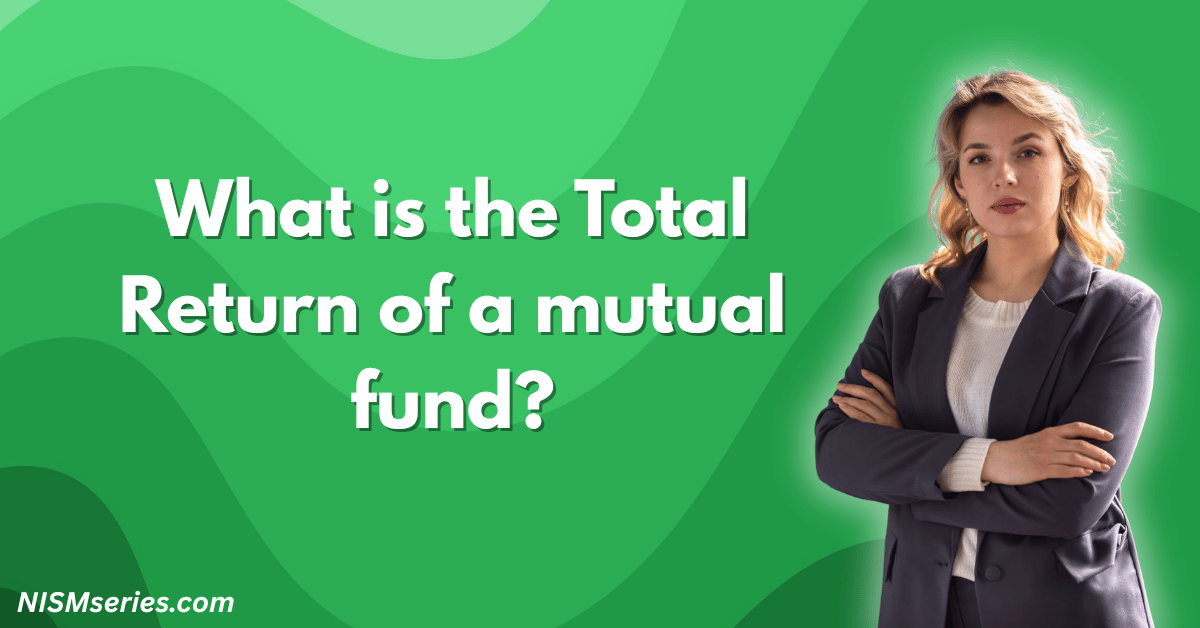The expense ratio is an important number. It shows the total yearly cost you pay for a mutual fund. This percentage shows how much of a fund’s money pays for its operations. This is not a fixed fee. The expense ratio always changes based on the fund’s performance and management.
SEBI rules are clear. The expense ratio includes all costs. These are manager salaries, research costs, bank fees, and legal costs. Including every cost gives you clear information to make good investment choices.
The way companies calculate the expense ratio is smart. They look at daily changes in AUM (the total money in the fund). They use a math formula to find the exact ratio. This makes sure every investor pays a fair share.
Table of Contents
Understanding Expense Ratio
Expense Ratio Definition and Core Components
An expense ratio is the yearly fee mutual funds charge. It is a percentage of the fund’s average AUM. This one fee covers all costs, like manager pay, marketing, and office expenses.
The formula is very simple: Expense Ratio = Total Costs ÷ Average AUM. For example, a fund manages ₹800 crores in AUM and has ₹16 crores in yearly costs. Its expense ratio is 2%.
How Expense Ratios Impact Your Investment Returns
Expense ratios eat your investment money. They do this by taking a small amount from the fund’s Net Asset Value (NAV) every day. If you invest ₹1 lakh in a fund with a 1% expense ratio, the fund takes about ₹2.74 daily. These small daily costs add up and will cost you a lot of money over time.
Active vs Passive Fund Expense Ratios
Actively managed funds always have higher expense ratios than passive funds. Active funds need a lot of research and expert managers, which makes their costs high. Passive funds just copy a market index and need little management. They always have lower expense ratios. Choosing passive funds is the best way to save money.
Calculating and Analyzing Expense Ratios
Expense Ratio Formula and Calculation Method
To find the expense ratio, you divide the total yearly costs by the fund’s average AUM. For instance, a fund with ₹700 crores AUM and ₹14 crores in annual costs has a 2% expense ratio.
Management Fees vs Total Operating Costs
The management fee is just the fund manager’s pay. The Total Expense Ratio (TER) is the real number you must look at. The TER includes all other costs like bank fees and marketing. You must focus only on the TER.
Assets Under Management (AUM) Impact
SEBI rules connect AUM size and the expense ratio. Bigger funds have lower costs for each investor, so they must have lower expense ratios. It is the law.
What is Considered a Good Expense Ratio?
SEBI sets strict limits on the highest TER a fund can charge. For an active equity fund with up to ₹500 crores in AUM, the highest expense ratio is 2.25%. This limit drops as the fund gets bigger. A lower expense ratio is always better.
How to Compare Expense Ratios Across Fund Types
Equity Fund Expense Ratios
Equity funds have different expense ratio limits based on their AUM. The rule is a 2.25% maximum for funds with up to ₹500 crores. This limit drops as the fund grows. You must know these limits.
Index Fund Cost Structures
Index funds have expense ratios below 1% because they are managed passively. The UTI Nifty 50 Index Fund, for example, has an expense ratio of just 0.19%. This is a huge saving.
ETF vs Mutual Fund Expense Differences
Exchange-Traded Funds (ETFs) always have lower expense ratios than similar mutual funds. The Nippon India ETF Nifty 50 BeES has a tiny 0.04% expense ratio. But ETFs have extra costs, like brokerage fees and demat account charges.
Expense Ratio Impact on Long-Term Investment Performance
Annual Cost Deduction from Fund Returns
Expense ratios have a huge effect on your long-term wealth because of compounding. A high expense ratio drains your money year after year. A small 1% difference in the expense ratio creates a very big difference in your final wealth.
How High Expense Ratios Reduce Portfolio Growth
High expense ratios drag down portfolio growth. They constantly take money from your assets. Imagine two funds that both earn 12% before costs. Fund A has a 1% expense ratio, and Fund B has 2.5%. Your net return from Fund A is 11%, but only 9.5% from Fund B. This creates a massive wealth gap over the years.
Net vs Gross Expense Ratios Explained
The gross expense ratio is the fund’s total cost before any discounts. The net expense ratio is the fee you pay after special, temporary discounts. You must focus on the gross ratio because special discounts always end.
Fee Waivers and Expense Reimbursements
Companies sometimes offer temporary fee discounts to get more investors. These deals lower the expense ratio for a short time, but the fees will go back up. Do not be tricked by temporary offers.
Total Expense Ratio (TER) Breakdown
The TER covers every single fund cost, including management, office, and marketing fees. SEBI requires funds to show a full breakdown of the TER. You must read this.
Strategies to Minimize Investment Expense Ratios
Choosing Low-Cost Investment Options
You must always choose funds with low expense ratios. This is the best plan. Direct plans always have lower expense ratios than regular plans because they cut out salesperson fees. Choose direct plans.
Index Funds vs Actively Managed Funds
Index funds are the smartest way to invest. Their expense ratios are much lower than active funds, and they give you market-level returns.
How Asset Management Companies Structure Fees
Asset Management Companies (AMCs) set fees based on the fund’s AUM size. Bigger funds run more cheaply, which allows them to offer lower expense ratios.
Expense Ratio Limits and Regulatory Guidelines
SEBI has clear rules that limit the highest TER to protect investors. The current rules set a 1% maximum TER for ETFs and index funds. For active equity funds up to ₹500 crores, the limit is 2.25%.
FAQ
How is the expense ratio deducted from my investment?
The fund deducts the expense ratio from its NAV every day. The fee is not taken from your bank account. It is an automatic process.
What expenses are included in a fund’s expense ratio?
A fund’s expense ratio includes all costs: manager pay, office costs, marketing, legal services, auditing, and bank fees.
Do expense ratios vary between different fund categories?
Yes, expense ratios are very different across fund types. Equity funds always have higher expense ratios than debt funds. Active funds always charge more than passive funds.
Why do some funds have higher expense ratios than others?
Funds have higher expense ratios from active management, special research, or a small AUM. Some famous fund companies charge more and claim they perform better.
How often should I review my fund’s expense ratio?
You must review your fund’s expense ratio every year when you check your investments. Also, watch for big changes, like a new manager, which will affect the costs. You must stay aware to manage your money well.


















